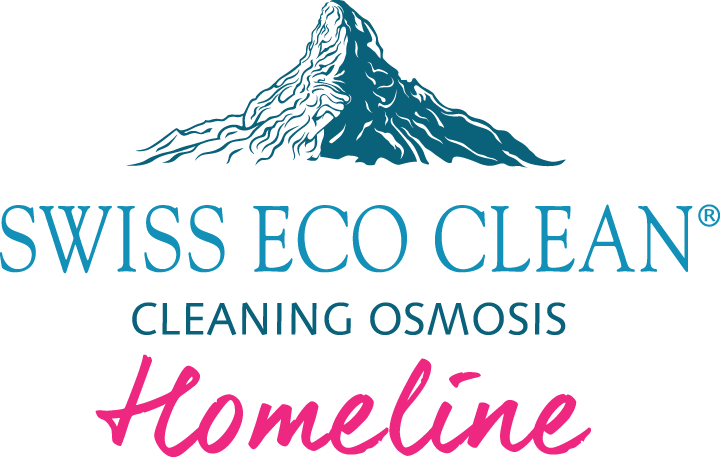November 05, 2018

Yes! Don’t you feel so pleased with yourself when you finally have finished something that has caused you some struggle? Like a weight is taken off your shoulders and you feel light like a feather. And proud!
That’s how I felt when I was looking at my gloves laying on the table. It didn’t matter that one was much smaller than the other, rock-hard and didn’t fit my hand. The second one I knitted turned out pretty good. It was soft enough and it was the right size. I don’t remember what my teacher had to say, but I remember so well feeling happy that these itchy things were finally done.
This was part of our curriculum in handcraft in school. All of us made “lovika vantar,“ a Swedish winter glove made of wool.
Have you ever asked yourself where wool comes from?
Yes, of course, sheep and lambs. Wool is from happy, free and cared for sheep and lambs that run around and play all day long. That’s what I thought. Anyway, that’s what we were told, and that’s what I believed for a very long time.
Unfortunately, the wool industry isn’t as innocent as we may imagine.
Many people think of wool as an eco-friendly choice, saying it’s much more sustainable than synthetic products. But, we actually need to understand that the production of wool isn’t good for the environment. For starters, sheep need water and food and produce greenhouse gasses. Washing the wool requires an enormous amount of water and the chemicals used to bleach and dye the wool are hazardous.
But what’s even more important is the price the animals pay.
Before you rush out to buy new winter clothes and Christmas presents, here are some things I’m sure you would like to know about wool.
Happy playing sheep?
Did you know that sheep don’t naturally need to be shorn? It’s due to genetic engineering and manipulation of the sheep’s wool-producing that has made them dependent on us. And the way they are being treated, used and abused in the wool-industry is nothing like we are lead to believe.
Let’s picture Billy, a gentle and sweet lamb in Australia. Within weeks of birth, Billy‘s ears are hole-punched, his tail is chopped off, and he is castrated without anaesthesia or pain-relievers.
Billy might survive disease, lack of shelter and mulesing, a standard industry practice where workers carve huge strips of skin off the backs of lambs legs and around their tails).
Shearers are usually paid by volume, not by the hour, which encourages fast work without regard for the welfare of the sheep. During shearing, sheep can sustain anything from nicks to complete amputations of their udders, ears, penises and other body parts.
When Billy‘s wool production declines, he’d probably be sent to auction. And if he’d survived the auction, he’d be sent straight to slaughter or forced to board a ship to be transported from Australia to the Middle East or North Africa. On the way there, he might die. If he doesn’t die, he will travel for weeks on a filthy, hot-as-an-oven and severely crowded ship.
Other sheep are dying around him, some from starvation and others from heatstroke. If he survives this journey, he’ll watch his friends being killed by butchers without being stunned first, and then be killed himself.
This is a short version of what the majority of sheep experience today.
Super awesome “alternative“ materials
I know the realities of the way the wool industry works is awful and heartbreaking to read. But I also know that you care, and you want to know what is going on, and you want to make kind choices.
So, what are you going to buy for your family and friends for Christmas? Don’t worry, there are many options for materials that are kinder and super fashionable to buy.
Here you can download a handy Cheat Sheet to take on your shopping tour as a reference of kinder materials to look for.
And, let’s get inspired by this short video from designer Leanne Mai-Iy Hilgart who founded a clothing company, Vaute Couture, out of the idea of making clothes with quality materials that are just as warm and fashionable as clothes made animal fibres.
If you are a knitting fan
After being a dormant hobby for many years, knitting has won in popularity massively in the last years. It’s relaxing, fun and you can spend time with friends chit chatting away at the same time. Like it used to be with our grandmothers!
Knitting is the ‘it“ hobby right now, and I have some friends that are producing beautiful scarves and sweaters right from their fingertips.
So what do you do if you want to continue knitting, but you don’t want to support the cruel wool industry?
First have a look at the material list above, or have a look at these useful tips for cruelty-free crafting
What do you get in return?
I still feel proud and happy when I have accomplished something, small or big. But one of the accomplishments that bring me the most joy is every time I am able to choose animal-free products. By making the kinder choice as often as I can, I am saying “no” to a lot of suffering.
In Possessing the Secret of Joy, the writer Alice Walker suggests that the secret of a joyful life is working against violence and oppression. It is such a good feeling, I can’t recommend it enough.

PS Watch this video for delightful lamb cuteness to brighten your day!
November 01, 2025
Der November steht im Zeichen des Veganismus. Vegan zu leben bedeutet nicht Perfektion, sondern die bewusste Entscheidung, Schaden so weit wie möglich zu vermeiden.
Oktober 29, 2025
Do a calm, cosy October reset in under 90 minutes: declutter sentimental items, clean as you go, and display one memory you’ll actually see: mini checklist included.
